6 Minute ReadHow To by David Levesley
11.01.24
We asked the experts how to get yourself out of a bad mood, or evade a low one.
When life gives us lemons, it can sometimes be a challenge to make lemonade. Especially if we’re handed more lemons than usual.
Serious symptoms of low mood or more serious mental health conditions can be treated with therapy, or your GP’s medical advice. But before something more interventionist, there are some neat tricks you can employ to help boost resilience. For these, we (naturally) turned to the science.
If it’s available to you, start your day with a walking commute, or at least make sure a part of your morning is spent outdoors. If you’re working from home and have no need to commute, then there are good reasons to start your day with a short walking ‘commute’ from your front door to... well, your front door again. It helps to break up the day, gives you the natural light your circadian rhythm needs, gets you some Vitamin D, and also brings Non-exercise activity thermogenesis (NEAT) into your life. NEAT movements are the calorie-burning actions that make up daily life, and doing something, as opposed to nothing, can help cut down any sense of lethargy.
Other papers have shown that the act of walking is also beneficial for our amygdala, the part of our brain that works with anxiety and fear learning. ‘Forward ambulation’ (science speak for going on a walk) helps calm this part of our minds.
LYMA hack: check out Dan Dalton’s piece on walking in nature and its benefits.
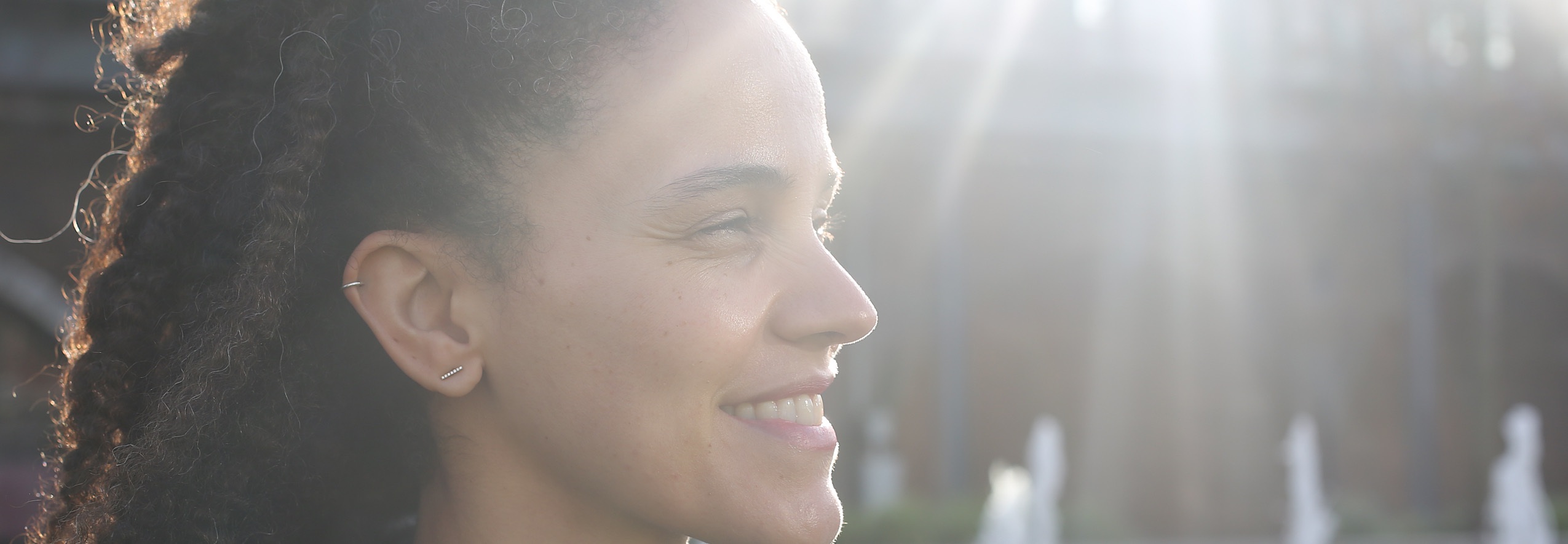
Our circadian rhythm relies on daytime sunshine to tell when it is the start of the day, just as it relies on night-time darkness to tell our body to produce melatonin. “If we don’t get enough sunlight then we won’t feel as awake and alert during the day, and we won’t produce as much melatonin at night,” Dr Lindsay Browning explains. Thirty minutes in the morning can do wonders for resetting your circadian rhythm and your mood/
LYMA hack: If access to sunlight is hard to achieve, then SAD Lamps can be beneficial.
You might know to curb your late night caffeine intake, but make sure you’re not hitting it too early in the morning either.
This is because caffeine wakes you up by blocking adenosine receptors in the brain (adenosine is produced throughout the day to cumulatively create a sense of sleepiness). By drinking caffeine early in the morning, and blocking the adenosine then, you’re likely to experience a crash when the adenosine is once again picked up by the receptors in the afternoon once the caffeine wears off. Delaying caffeine consumption allows cortisol levels to rise naturally in the morning, allowing for much more natural peaks and troughs of energy.
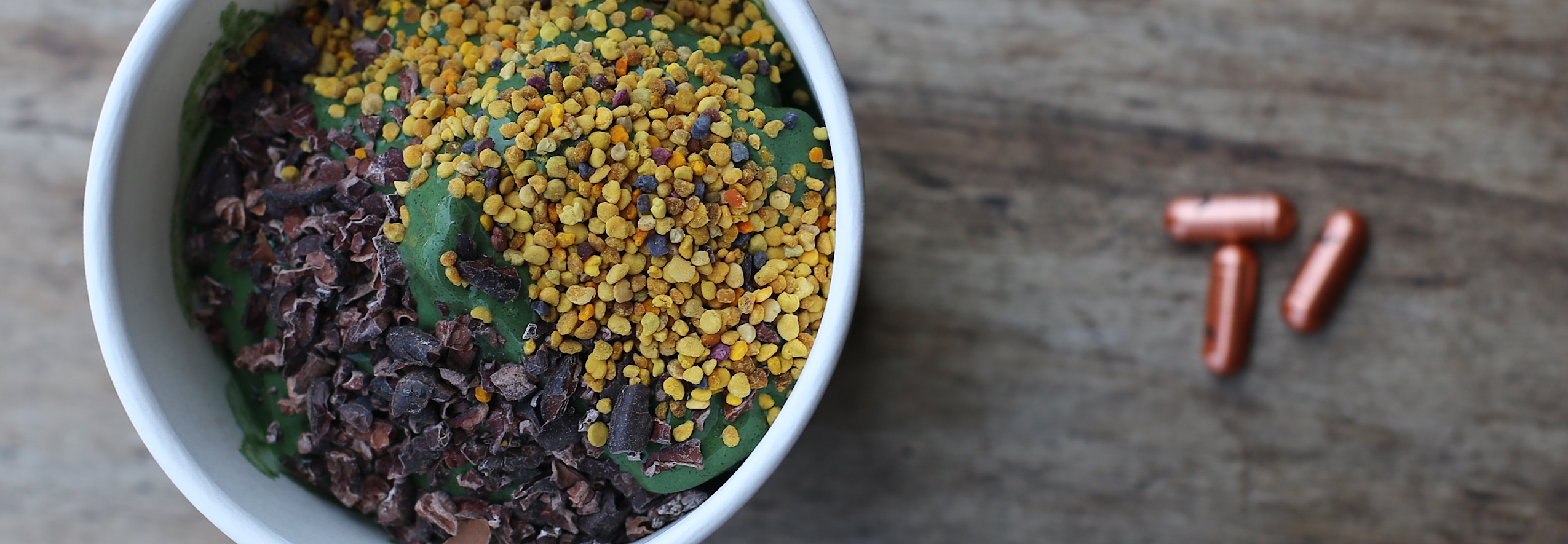
Each food choice can push you towards a positive or a negative outcome. Before you eat anything, try to press fast forward to see how it might make you feel afterwards. A bowl of pasta will make you feel very different from a piece of fruit.
LYMA hack: Noting down your mood after eating will help you work out your personal biology and optimise accordingly.
No surprises here: getting a good night’s sleep is vital for looking after your mental health. Blue light – the bright light produced by LED devices – should be avoided in the evenings. “Bright light can disrupt our ability to produce melatonin,” explains sleep expert Dr Lindsay Browning, “because our body sees the light and thinks that it is still daytime.”
LYMA hack: If you find it hard to cut screens in the evening, start with a gentler protocol: enable ‘night mode’ which reduces the blue light frequency which is most detrimental to sleep. You can work towards a complete removal over time.
For more advice on improving your sleep, check our Dr Lindsay Browning’s guide on ways to sleep better.
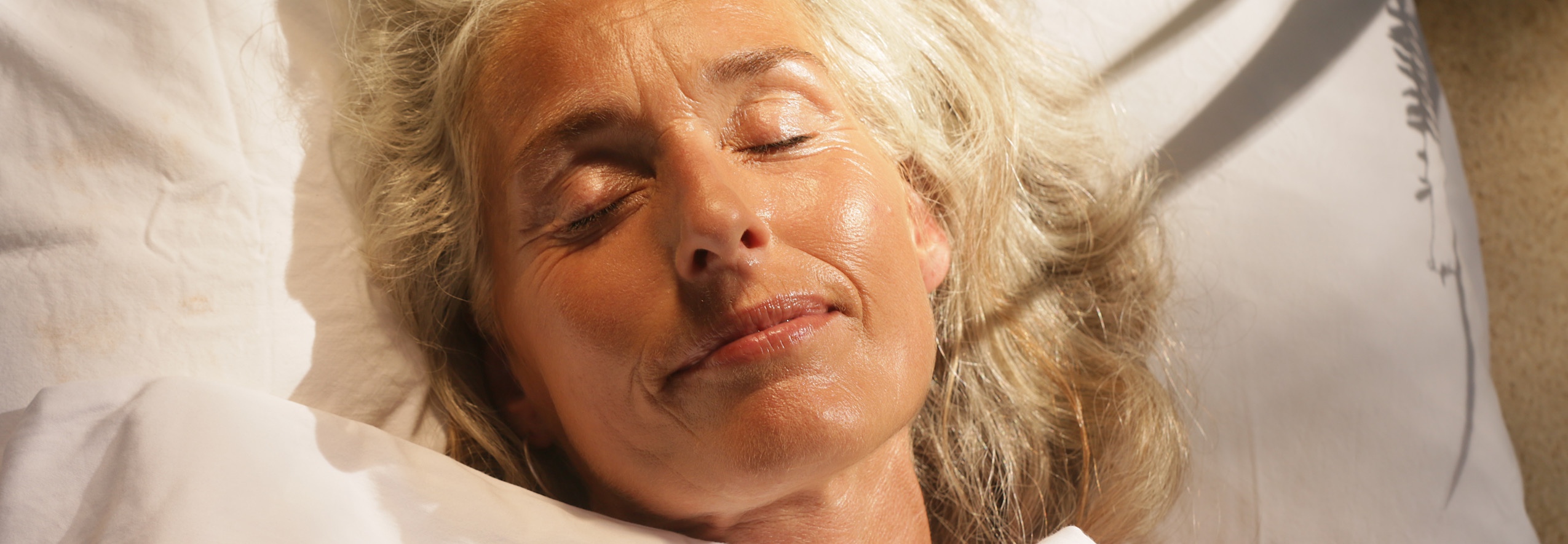
Unlike caffeine or sugar, which give you a boost before a crash, these natural stimulants have no negative side effects, whilst proven to help focus, motivation and concentration.
LYMA’s nootropic of choice, Cognizin, is a patented version of the broader category of citicoline. Like caffeine, citicoline works on increased neurotransmission, but unlike caffeine “the difference is, it not only increases cognitive performance but also supports long term brain health” says Danielle Citrolo, resident pharmacist at US drug company Kyowa Hakko. Studies show citicoline increases phospholipid production, which aids in the structure of brain cells, plus mitochondrial function, which increases brain energy. A series of studies show a statistical increase in all subjects in focus, attention and memory after 4 weeks. “And unlike caffeine, with citicoline you don’t experience any downer afterwards, as you are not over-expending the neurotransmission function,” she says.
LYMA hack: Taking a nootropic doesn’t mean you have to give up coffee – after all, it’s not without its benefits. Just refrain from caffeine for a half hour before or after taking any kind of supplement, as caffeine temporarily inhibits the body’s ability to absorb ingested nutrients. If you take your supplement in the morning, this is the perfect opportunity for you to delay your caffeine intake (see above).
Yes is our default answer, but saying no is often a more reliable response. Saying no is always the harder option but go against your impulsive brain and you'll often get a more honest, beneficial result.
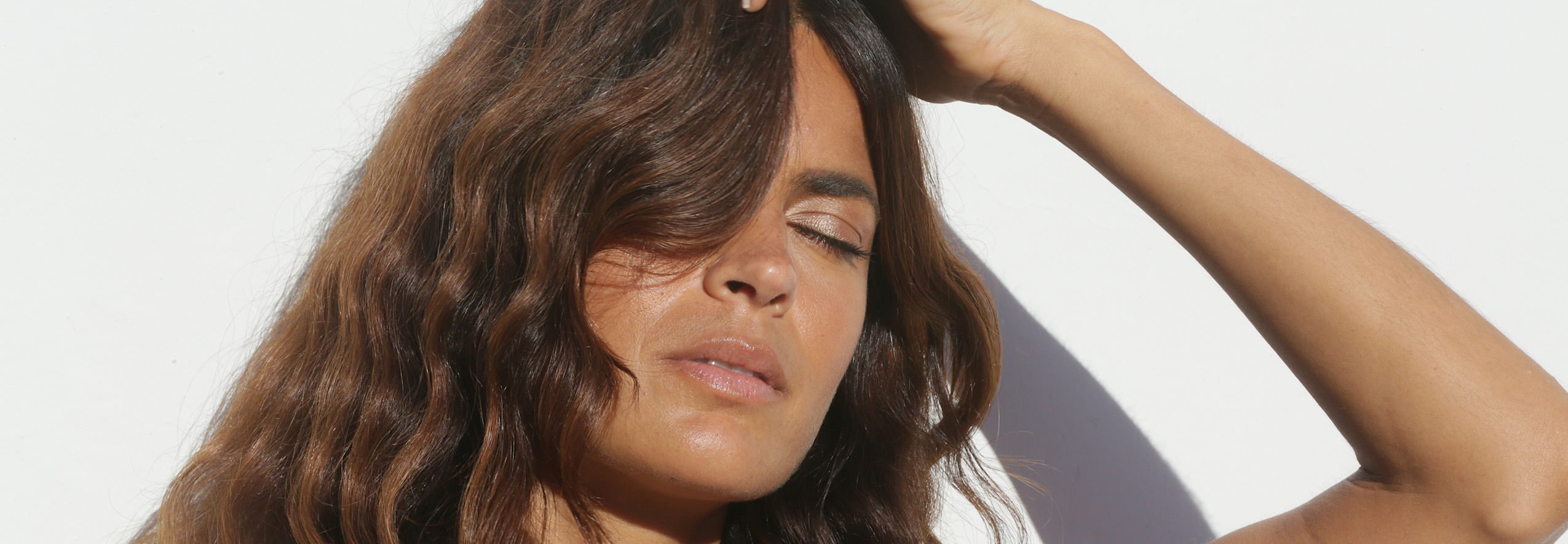
Being warm and comfortable is delightful, but there’s advantages to cold temperatures too. Whether that’s a cold shower or cryotherapy, many queue up to praise the virtues of cold exposure. Science shows it can boost immune response, balance hormones, reduce inflammation and aid muscle recovery, (which is why athletes use ice baths as part of their regimen).
Researcher Susanna Soeberg has dedicated her work to celebrating the virtues of cold exposure. She believes that 11 mins of cold water submersion and sauna for 57 minutes per week, will lower adapted immune response and insulin production, and increase your glucose metabolism.
Plus there’s evidence, for instance in this 2008 study, that cold exposure can also help treat depression. Wim Hof, the world’s most renowned proponent of cold exposure, recommends it as a natural sleep aid.
Be in 'the now' as much as you can. Make sure your breathing is full and deep; it's the best detox possible. Anything can be a moment for meditation, whether it’s walking, yoga, or taking out the bins. Live and breathe in the present moment, hold eye contact during a conversation, and notice the details around you.
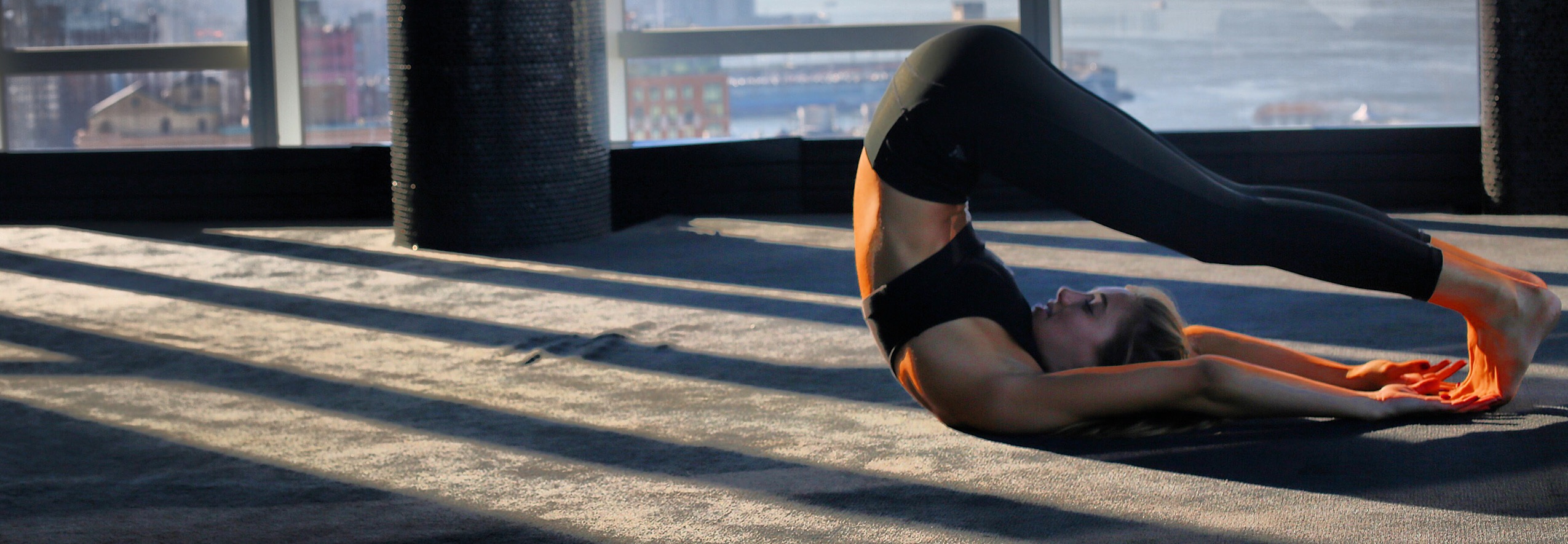
Increasing your body’s natural resilience leads to less impact from stress and lower cellular inflammation. LYMA has four ingredients that improve resilience: HydroCurc®, our patented version of the curcumin found in turmeric, Sensoril® Ashwagandha, our proven form of the Ayurvedic herb ashwaganda, Wellmune® Blend’s hit of beta glucans, and affron – the world’s first standardized saffron extract which is the first to show proven improved mood and sleep quality.